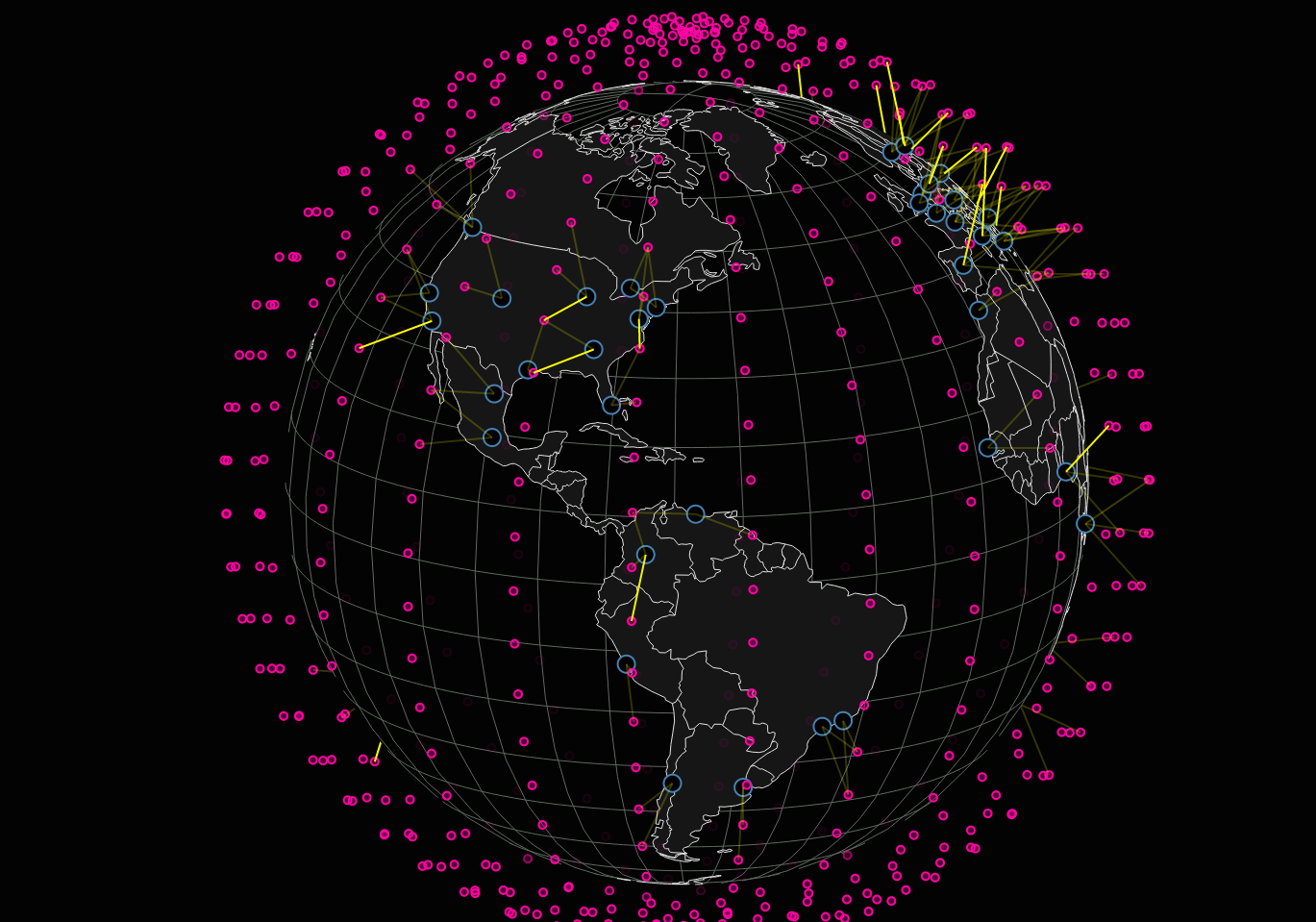
Breaking News
 Battleborn Batteries Responds! Their Overheating Device is a "Feature" not a "Problem
Battleborn Batteries Responds! Their Overheating Device is a "Feature" not a "Problem
 Actor Liam Neeson Outs Himself as MAHA After Narrating Pro-RFK Jr. Documentary Slamming...
Actor Liam Neeson Outs Himself as MAHA After Narrating Pro-RFK Jr. Documentary Slamming...
 Kyle Rittenhouse announced on social media Wednesday that he has tied the knot.
Kyle Rittenhouse announced on social media Wednesday that he has tied the knot.
 JUST IN: President Trump Grants Tina Peters Pardon
JUST IN: President Trump Grants Tina Peters Pardon
Top Tech News
 Build a Greenhouse HEATER that Lasts 10-15 DAYS!
Build a Greenhouse HEATER that Lasts 10-15 DAYS!
 Look at the genius idea he came up with using this tank that nobody wanted
Look at the genius idea he came up with using this tank that nobody wanted
 Latest Comet 3I Atlas Anomolies Like the Impossible 600,000 Mile Long Sunward Tail
Latest Comet 3I Atlas Anomolies Like the Impossible 600,000 Mile Long Sunward Tail
 Tesla Just Opened Its Biggest Supercharger Station Ever--And It's Powered By Solar And Batteries
Tesla Just Opened Its Biggest Supercharger Station Ever--And It's Powered By Solar And Batteries
 Your body already knows how to regrow limbs. We just haven't figured out how to turn it on yet.
Your body already knows how to regrow limbs. We just haven't figured out how to turn it on yet.
 We've wiretapped the gut-brain hotline to decode signals driving disease
We've wiretapped the gut-brain hotline to decode signals driving disease
 3D-printable concrete alternative hardens in three days, not four weeks
3D-printable concrete alternative hardens in three days, not four weeks
 Could satellite-beaming planes and airships make SpaceX's Starlink obsolete?
Could satellite-beaming planes and airships make SpaceX's Starlink obsolete?
Elon Musks path to worlds richest person with Spacex, Global Internet Satellite Network, Tesla

Elon Musk has plans to launch V-band low-Earth orbit (VLEO) constellation that would consist of 7,518 satellites which will follow the earlier proposed 4,425 satellites that would function in Ka- and Ku-bands.
This global gigabit per second low latency satellite network would be projected to earn $30 billion per year in revenue by 2025.
Before the recent successful re-flight of a first stage, SpaceX was already valued at more than $12-billion. Spacex has a backlog of customers and plans to launch about once every two weeks this year and could support one launch per week next year. If they are successful in increasing the launch rate Spacex will likely double or triple in value from the launch business alone. The global internet network would likely increase the valuation to $300 billion.
The internet communication satellites are expected to be in the smallsat-class of 100-to-500 kg (220-to-1,100 lb)-mass, which are intended to be orbiting at an altitude of approximately 1,100 kilometers (680 mi). Initial plans as of January 2015 are for the constellation to be made up of approximately 4000 cross-linked satellites, more than twice as many operational satellites as are in orbit in January 2015.
The satellites would be mass-produced, at much lower cost per unit of capability than existing satellites. Musk said they are going to try and do for satellites what we've done for rockets. In order to revolutionize space, we have to address both satellites and rockets. Smaller satellites are crucial to lowering the cost of space-based Internet and communications.
The current Falcon 9 ("Full Thrust") can lift payloads of up to 22,800 kilograms (50,300 lb) to low Earth orbit, and up to 8,300 kilograms (18,300 lb) to geostationary transfer orbit. The payload is reduced when launching to enable landing stages. Spacex will probably be able to launch 12 to 20 satellites in each launch. They may also launch their own communication satellites as secondary payloads.
The first two of eight prototype satellites (MicroSat-1a and 1b) are now planned to be launched later this year.
The initial 800 satellite network for servicing north america could be operating by 2020.
The initial Ka and Ku plan would cost at least $10 billion. The V band satellites and launches could cost another $20 billion.
There will need to be steady launches afterward to replace satellites.
If satellites lasted 5-10 years and the $30 billion per year revenue figure was correct then the global satellite network would be massively profitable. The satellite network would support 100-200 launches per year by itself.
More launch sites for different orbits will be needed
SpaceX's current location for launches to polar orbit – Vandenberg Air Force Base in California – is an active military facility that cannot accommodate this level of commercial activity.
There are several ideal sites available on the southeast coast of Nova Scotia. An ideal site for launches to polar orbit has both open ocean and tracking stations straight to the south or the north. Such stations exist straight south of Nova Scotia – in the Caribbean, South America and Antarctica.

 First totally synthetic human brain model has been realized
First totally synthetic human brain model has been realized Mach-23 potato gun to shoot satellites into space
Mach-23 potato gun to shoot satellites into space


